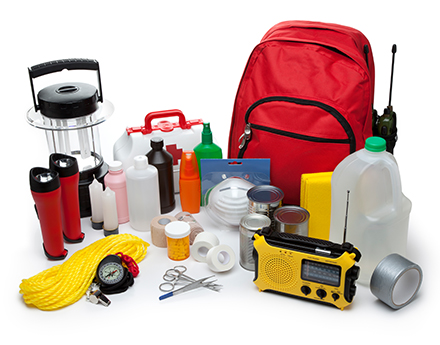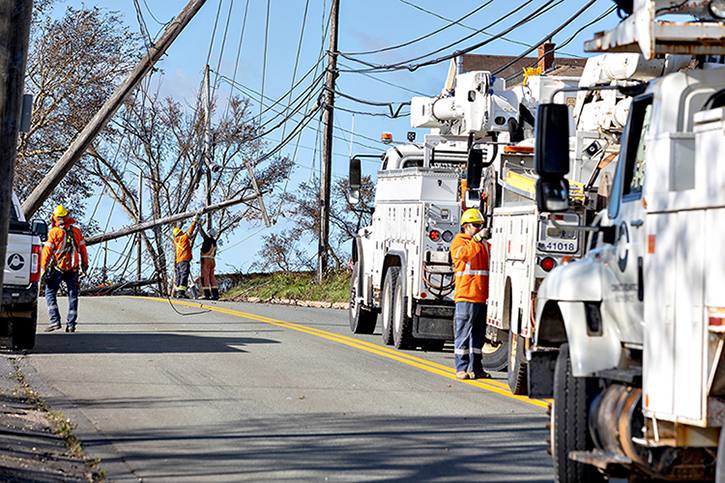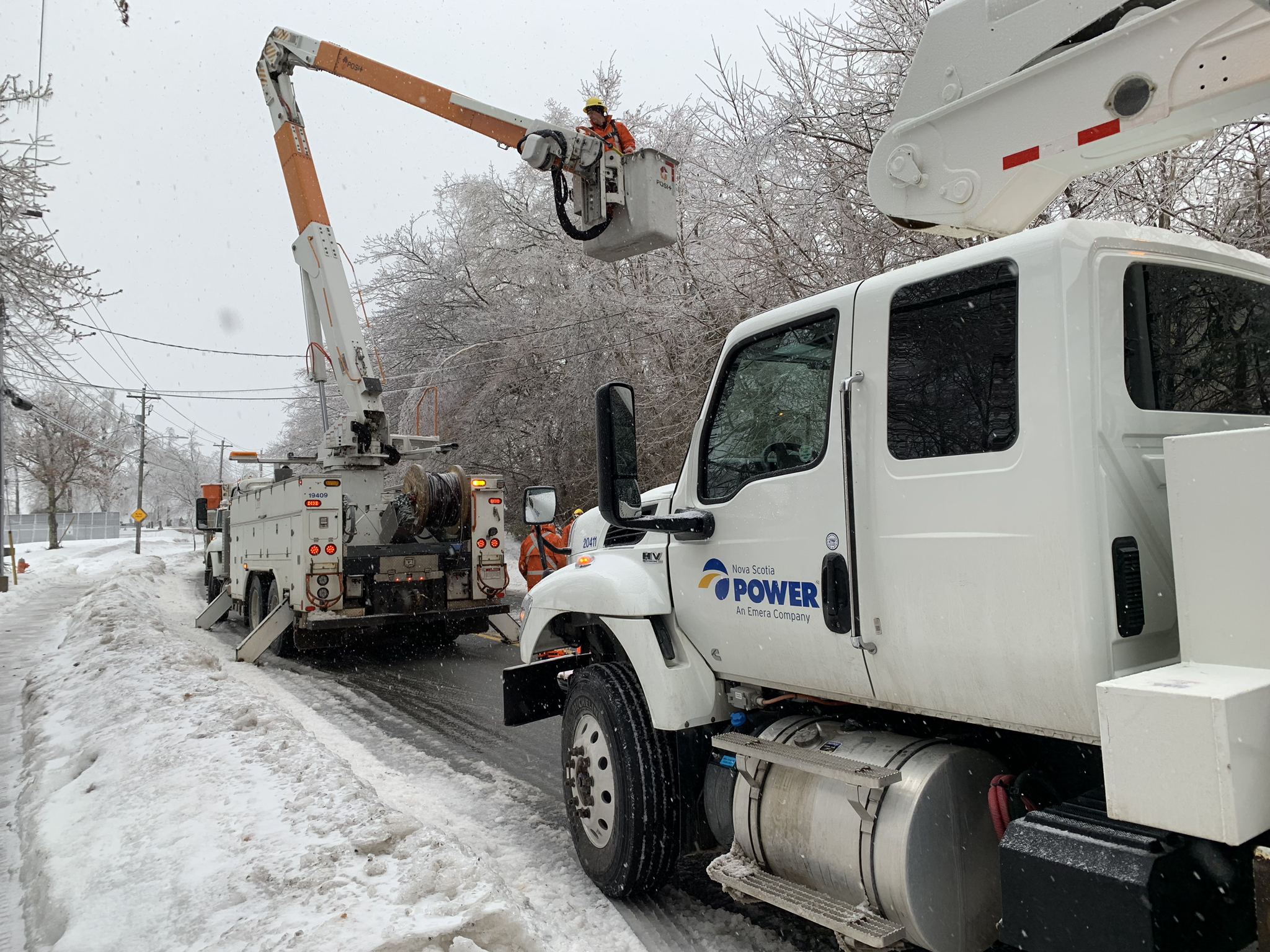Building preparedness habits for year-round safety
Emergencies are never fun to think about—but they can happen at any time. And with a plan in place, you can respond quickly and stay safe.
This week is Emergency Preparedness Week—it’s an opportunity to take action and think about what you’ll need so you and your family can stay ready for an emergency or disaster.
We spoke with Ken Meade, our VP of Health, Safety & Environment about the importance of emergency preparedness. It’s most often something Nova Scotians think about before severe weather events like snowstorms or hurricanes. And while getting storm-ready is important, by making preparedness a habit, you can stay safe throughout the year—and ready for anything that comes your way.
How can Nova Scotians build preparedness habits?
“Preparedness can become a habit when you make safety a priority and take a risk assessment mindset. This is how our teams work every day, and it’s a mindset our customers can take too to stay safe.
Take some time to identify the risks you might face in your home and community, along with the consequences. Nobody likes to focus on what could go wrong, but by being proactive and recognizing potential risks, you can build the best possible emergency plan for you and your family.
There are some great resources available on our website, and by our partners to help you get started.”

Storms are inevitable in our region—what’s the best way to stay prepared?
“Unfortunately, we’re seeing more frequent and more severe storms here in Nova Scotia. Extreme weather and high winds can cause significant damage to our power system. Hurricane Fiona, for example, caused unprecedented damage across the province, uprooting thousands of trees and damaging nearly 3,000 power poles. For storms of that severity, it might mean customers wait several days for power to be restored while our crews are responding. By taking a few simple precautions, Nova Scotians can stay prepared. We recommend that you have an emergency kit ready with supplies for at least three days, including water, a flashlight, non-perishable food and medications. It’s frustrating to go without power, but an outage is much more manageable if you’re prepared and have everything you need to stay safe and comfortable.
At Nova Scotia Power, we’re always working to stay ready for storms and other emergencies. Every time there is a severe weather event, we learn from it and make improvements. We also work closely with the provincial Emergency Management Office and coordinate directly with provincial and municipal departments and agencies. Part of building preparedness habits is practice—it’s why we work with our partners and run drills to test our emergency plans and create familiarity around processes. It’s an approach you can take at home as well. While you never want to put an emergency plan into action, by running through the plan with your family, you can keep safety top of mind, and stay prepared together.”
- For more information about how to stay prepared for a storm, visit nspower.ca/storm.
- To learn more about how we’re strengthening our system to stand up to severe weather, visit nspower.ca/reliability.
- More emergency preparedness resources including a guide and toolkit can be found at Get Prepared.
Share This Post:






